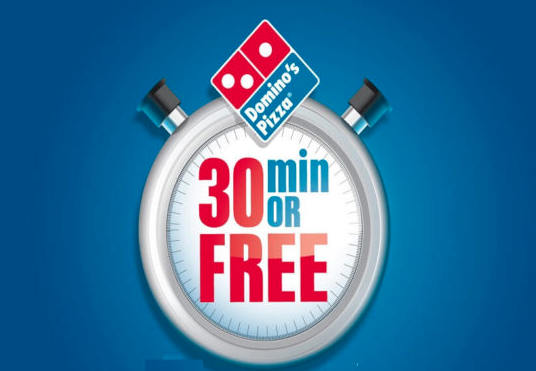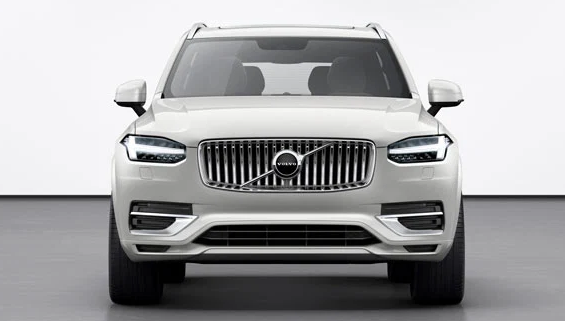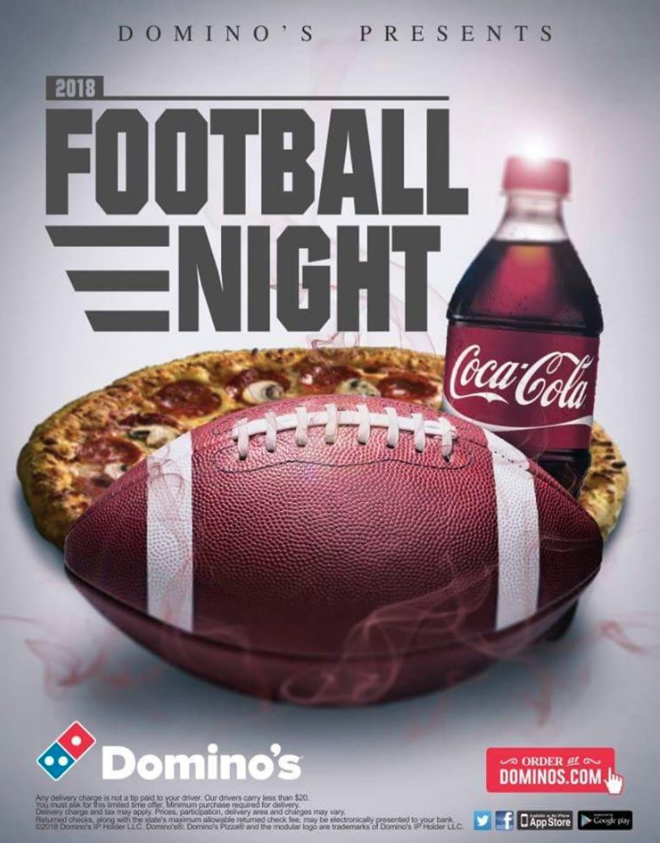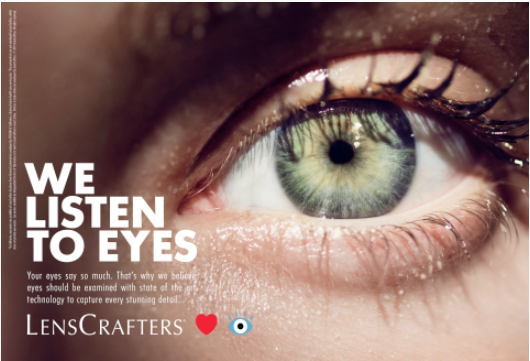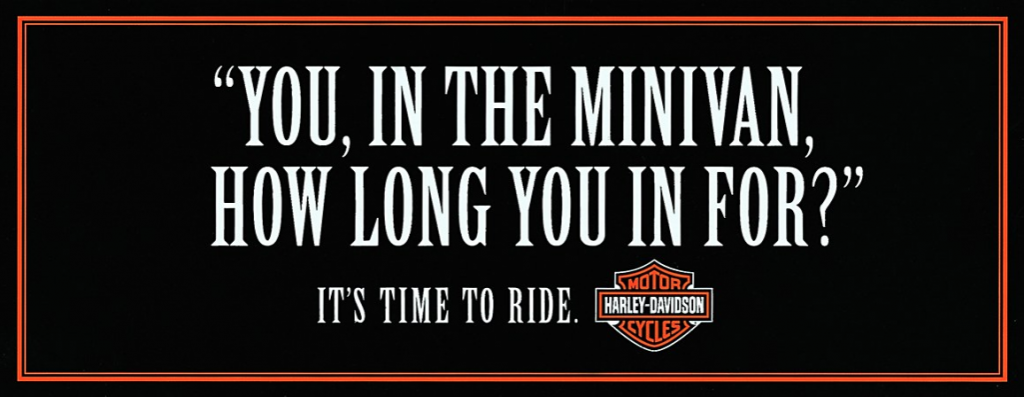“It’s not hard to make decisions when you know what your values are.”
-Roy Disney
Brand values are a set of guiding principles that shape every aspect of your business. They’re at the very core of your brand and dictate your brand message, identity and personality. They affect every single aspect of your business: the people you hire, your company culture, the business decisions you make, the way in which you grow your business, the customers you decide to engage with and the customers you decide to fire. And yes, values are the main reason customers will connect with you over the competition. In other words: getting your values right is vital not only to your brand but to your business as well.
But we often overlook this exercise in favor of focusing on ‘success’ and generating revenues. Mistake. Growing your business with a revenue focus instead of a values focus may yield revenues in the short term, but sooner or later there will be plenty of struggle and dilemmas and no peace of mind. Let’s avoid this for your business and your brand and set you up to grow with intention.
When I work with clients to identify their values, I rely on a number of inputs; most of them come from the “brand’s DNA” – those qualities that distinctly make up the brand, that are authentic to that brand and, if removed, would fundamentally alter the brand for the worse. Today I’m sharing with you how I map out brand values for my clients; hopefully this can be a guide for you to gain clarity about your values so you can grow your business in a way that fully supports your goals and vision. Side effects include having a clearly defined brand identity, personality and brand tone & voice and knowing your brand boundaries.
Brand Values: Start With Why
One of the first things I uncover with my clients is why they decided to start their business. As I point out to them, “You could literally do anything with your life. Why did you forego the other myriad possibilities and choose this option? What was the driver? What was so clearly missing in the market, or what was so compelling about your idea or approach that you felt you had to start your business?”
Reflect on your business and take your time. This answer should carry a foundational brand truth: how you saw an opportunity to do things differently, or approached the same market from a new perspective, or changed things up in an innovative way such that the customer experience became distinctly different and better from what was being offered. From this answer, you should be able to glean a few core value words. Write those down.
The Behavior Behind the Brand
Next, I ask my clients to talk through the behavior that exemplifies who they are at their natural best. You know… when the whole team is firing on all cylinders, everyone’s in sync and knows their mission, and there’s a true rhythm and joy in the company. I ask, what behaviors are visceral to creating that type of environment?
My goal is to uncover the 4-5 behaviors that are inherent in best performers and so genuine to the business that if the team were to suddenly stop doing those behaviors, the business would be fundamentally different and no longer your business. You’ll want to do this with your brand, considering the behaviors you feel exemplify the best version of your company.
Finally, I turn to customer insights to uncover the behavior and characteristics that customers gravitate towards. Often, there are qualities overlooked by a client who takes for granted that expertise is everywhere (it’s not) or that everyone offers exceptional customer service (they don’t) or that people will tell you what you need to hear (if only). What comments do you hear on repeat about your team and how they have handled the work? What do your customers deeply value about the way in which you conduct yourselves and do your work? Note these words.
At this point, you should have a decent list of words, you’re aiming for between 10-15. Begin by systematically reviewing them and noting which ones more strongly resonate with you. Avoid words that are too close to one another; each value should be distinctive. As you narrow down your list, aim for 3-5 values.
Brand Values Are About Verbs, Not Nouns
I avoid nouns when defining values. Particularly in the case of brand values, nouns tend to be conceptual ideas and these get distanced and removed from actions and behaviors that we want to manifest in our company. If I say “integrity” or “innovation” there’s a gap. What exactly am I supposed to do to be innovative? Of course I have integrity, but I’m not entirely sure how I show it at work. Which means there’s room for mis- or -interpretation.
But if I say “do the right thing, even if – and especially when – it’s easier to do the wrong thing,” or “see the problem from a different perspective” there’s no question. Every employee will instantly know what to do if a customer asks for services they really don’t need. Every employee will immediately know that conventional thinking isn’t going to cut it at this place, they need to dig deeper.
As you think through your brand values, push yourself to use verbs and don’t hesitate to define your values in clear terms, so everyone knows precisely what you mean. Define the behavior you want from your team – internally and maybe even externally. For one of my clients, an accounting firm focused on doing accounting and also teaching financial literacy as a means to develop stronger business leaders, I chose “Hold Yourself Accountable for Your Success” as one of their values for the employees and their customers alike. They loved it so much that it ultimately became the tagline for Monarch CPA.
Brand Values are Not Aspirational
Finally, as you come up with your list of values, please note that your brand values shouldn’t be a stretch for you and your team. They shouldn’t be the company you want to evolve into, in five years.Your values need to reflect the best version of your business today, and the behaviors that make that possible. Be honest with yourself and your team about the behaviors that make up your values.
Still need some inspiration for your brand values? I like brand strategist Lisa Furze’s list of brand values that I’ve included, below. This might spur some creative thinking for you.
Finally, if your brand needs some help and you’d like to work with me to help define your brand values, please reach out. I’d be so delighted to help make your brand magnetic to success.

